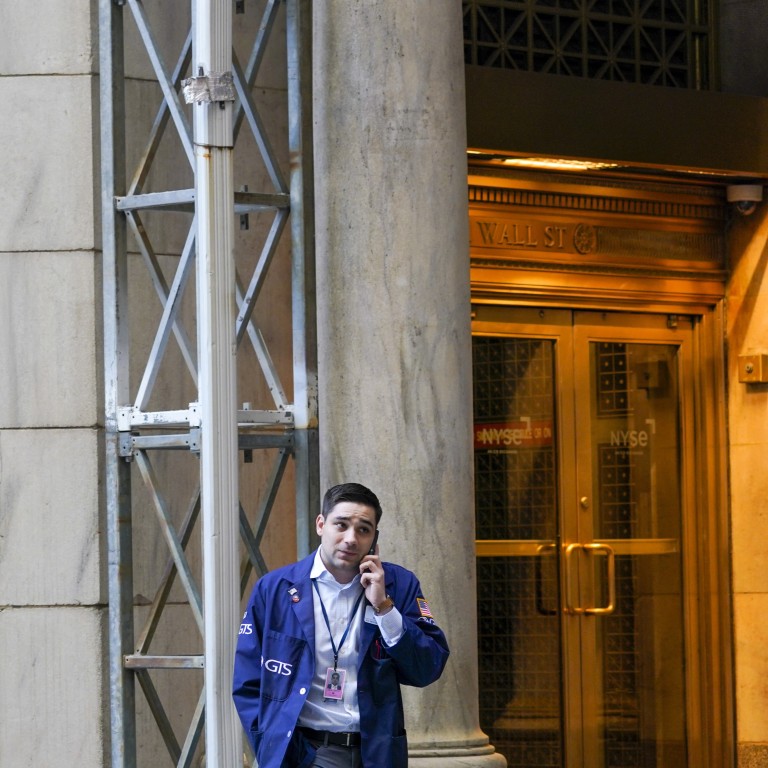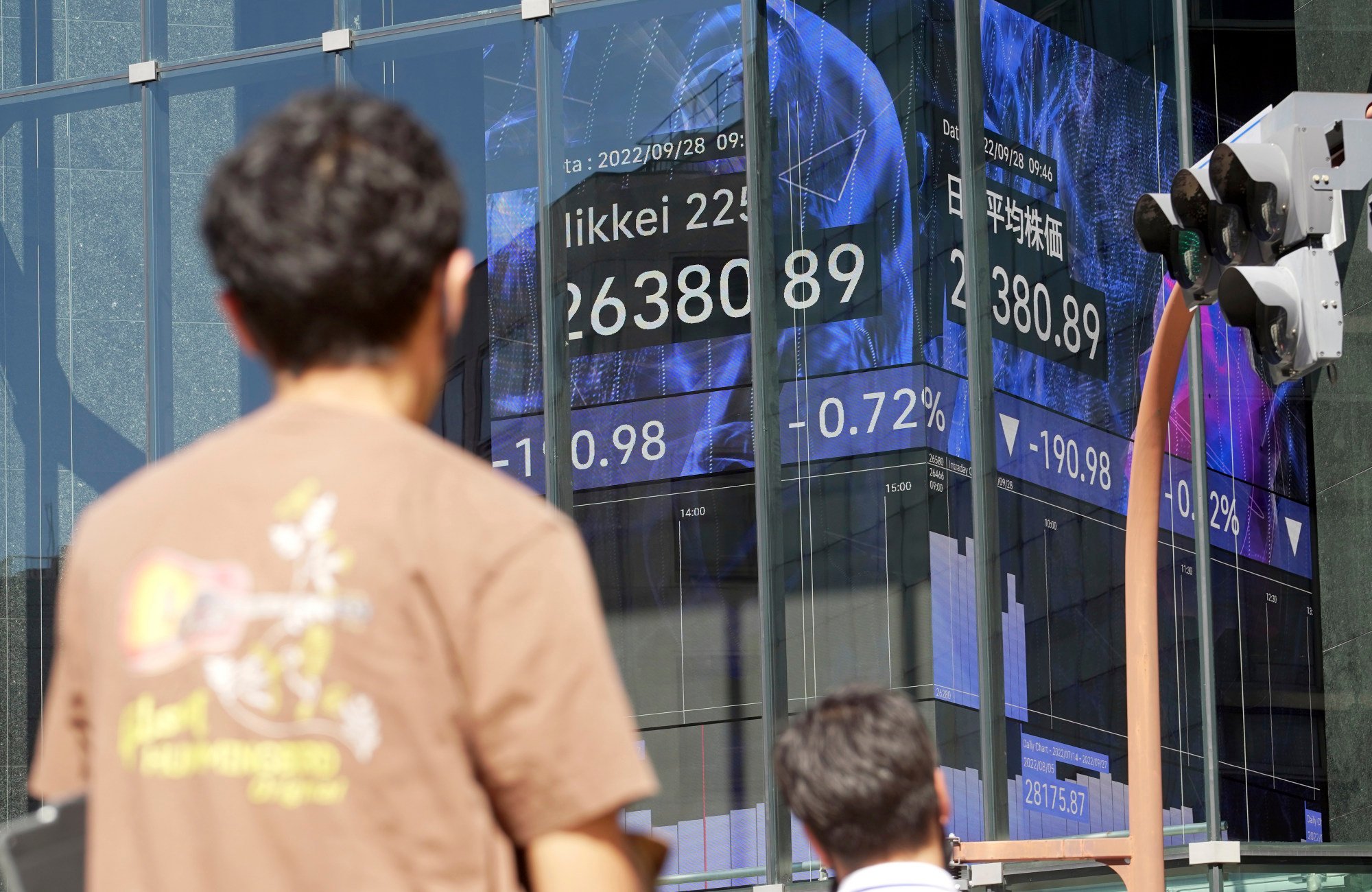
As stocks plunge and bonds crater, where should investors turn?
- Equities are sliding thanks to inflation, yet rising interest rates are having the same effect on bond returns
- This shift is prompting investors to look beyond the ‘60:40’ paradigm to diversify their portfolios and avoid volatility, raising the profile of liquid alternatives
For over 10 years, equities have been in vogue. The rise in stock markets since the global financial crisis has ensured that “buying the dip” has been a successful investment strategy, which, by a process of Darwinian selection, has fuelled the rise of many senior investors. However, what has underpinned this one-way bet?
As equity dividend yields dwarfed waning fixed income coupons, suppressed by ever lower interest rates, the multiples applied to equities skyrocketed. It seemed irrelevant that many companies’ supercharged valuations were not underpinned by dividends at all, but were simply growth companies in a new paradigm – a shift in consumer demand for cleaner, more ethical and technologically pioneering investments.
With the advent of rampant and persistent inflation, however, the era of “there is no alternative” (TINA) to equities has turned. Global equities were down more than 21 per cent in the first half of 2022, and they are no longer “simply the best” investment choice for investors.
That paradigm seems to have come to an end. The collapse in 60:40 returns in the second quarter of this year surpassed even that experienced during the worst quarter of the global financial crisis.

One argument for this is that the market got overheated by post-Covid government stimulus – furloughed employees looking for entertainment, unemployment cheques being spent on the advice of Reddit forums, disruptive technologies driving change.
Whatever your choice of market elixir, it might be argued a correction was to be expected and what we are seeing is just the froth that is being blown off the top of the market. After all, based on the last decade of returns, investors are still in the money.
Is credit pricing in a sufficient level of defaults, making this an attractive point to add to positions? Or should investors seek diversification from these asset classes in anticipation of further negative returns to come? In short, should you buy, should you sell, or should you hide?

There are two problems we see with illiquid alternatives, such as private equity, real estate or venture capital, at present.
First, valuations in these sectors have yet to drop. The dramatic fall in stocks and bonds has artificially inflated the proportion of their intended allocation to private investments. This can give the illusion of resilience. However, when private assets mark down, investors might realise that they are not as diversifying as their infrequent pricing has made them appear.
Once investors realise this, they might struggle to sell these assets to find real diversification.
As the collapsing global economy proves, there is no magic money tree
This is where liquid alternatives – such as long-short equity strategies, non-traditional bond funds, and market neutral funds – can prove attractive. Different types of liquid alternatives produce structurally different returns, offering various kinds of diversification, with independent sources of risk, and if structured correctly, can exhibit little correlation to stocks and bonds, with liquidity as needed.
As we move further towards the end of 2022, economic and market conditions are likely to get worse before they get better. With a strong inflationary backdrop for economies and markets, there is an opportunity for trend-following strategies, in which investors buy an asset when its price trend goes up and sell when it goes down. Inflation is effectively autocorrelation in prices – something that trend-following strategies are specifically designed to capture.
Alternatives are a constantly evolving part of the investment industry, and new ideas or opportunities are implicit in the growth of the alternatives universe. It can be well worth the effort to consider the potential role that alternatives can play in a balanced portfolio in such uncertain times.
Alistair Sayer is a client portfolio manager at Janus Henderson Investors

